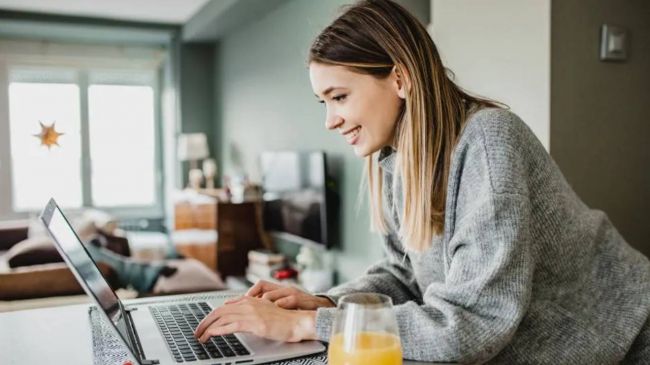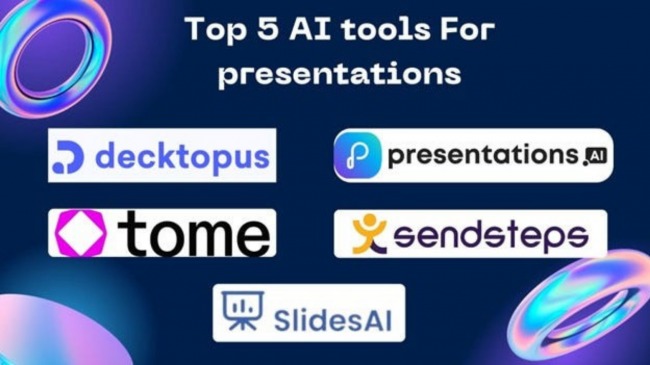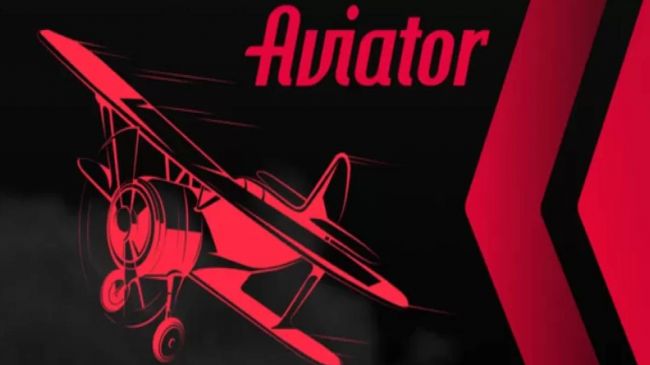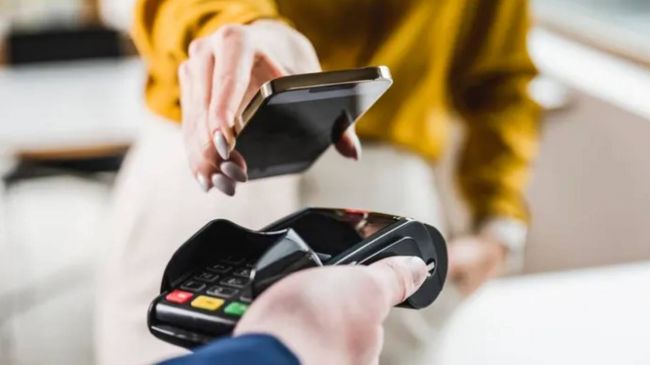Most people see the highlight reel. Sponsored trips to Bali. Skin glowing under perfect lighting. A constant parade of PR boxes, swipe-up links, and affiliate codes. But for the influencers behind the curated feeds, the reality often looks a lot less polished. Between negotiating brand deals, managing content calendars, maintaining a public image, and performing well in the algorithm, creators are pushing themselves harder than ever—often to the brink of exhaustion. The influencer economy has matured, but the infrastructure supporting creators hasn't always kept pace. That gap is costing people more than just revenue. It's chipping away at their mental health.
And let's be real—this isn't just a stress problem. It's a sustainability problem. Because when the business model starts quietly cannibalizing the person behind it, something has to give.
The Pressure Behind the Metrics
Influencers, especially those building their platforms from the ground up, carry the entire weight of their brand. They’re the face, the strategist, the editor, the manager, and the negotiator. When people talk about creators working full-time, they usually mean way more than 40 hours a week. The DMs don’t stop. The emails keep coming. The pressure to remain "authentic" while also delivering for sponsors is relentless.

And yet, a lot of these creators—especially those without a dedicated team—don’t feel like they can say no. If they take a break, the algorithm penalizes them. If they miss a posting schedule, they risk damaging their partnerships. That kind of nonstop hustle might work in the short term, but it’s not built for longevity. Eventually, people burn out. Their content suffers. Their relationships—both online and offline—start to fray. That’s where real damage happens, and it can take a long time to recover.
Even simple platform anxieties—like whether someone can view Instagram highlights unnoticed—add to the constant mental load influencers carry every day.
Structure Isn’t Restrictive—It’s Supportive
There’s a myth that if you add too much structure to the creator economy, you’ll kill creativity. The truth is, the right kind of infrastructure can give creators the freedom to do what they do best—without wrecking their nervous systems. That’s why investing in a creator management platform is a must because it replaces the reactive scramble with something calmer, more strategic, and yes, more professional.
When creators have one hub for their brand deals, deliverables, timelines, and analytics, they don’t waste mental energy chasing down details. They can see what’s coming, plan ahead, and make better choices about the kind of work they want to take on. Instead of drowning in unread emails and open browser tabs, they’re supported by a system that actually works. That shift doesn’t just reduce stress. It opens the door to better content, better partnerships, and better boundaries.
A recent Forbes breakdown of how brand deals actually work shows that expectations from both sides are rising. Brands want clarity, and influencers need sustainable systems to deliver without burning out.
The platforms that thrive in this space are the ones that prioritize usability, clarity, and the emotional well-being of the person using them. That matters more than any feature list. Because when creators feel calm and clear-headed, everything else improves—engagement, brand outcomes, even their physical health. If you’re building tech in this space, that should be the north star.
Partnerships Only Work If They’re Real
A high-paying campaign isn’t necessarily a healthy one. Creators and audiences both know when content feels forced. Genuine partnerships require flexibility, long-term vision, and respect for creative control.
The smartest brands recognize that influencers aren’t just ad placements—they’re building deeply personal businesses. Campaigns built on empathy and collaboration outperform transactional ones every time.
Industry discussions, like those on FirmSuggest’s MyTechArm review, highlight how creators increasingly assess whether tools and partnerships align with their style and depth. This same mindset applies to brand deals: it’s about alignment, not just metrics.
The Role of Mental Health in Brand Longevity
Creators constantly navigate feedback loops that hit not just their strategy but their identity and self-worth. There’s no HR department for solo entrepreneurs. Without intentional support, burnout becomes inevitable.
Normalizing therapy stipends, structured rest periods, and realistic brand expectations could change the landscape. Success shouldn’t only be measured in follower counts or CPMs—it should include emotional sustainability.
Some platforms are experimenting here. For example, tools reviewed on FirmSuggest like Napkin AI show how automation can reduce creative load. If applied thoughtfully, such systems free up creators to focus on the work that fulfills them, not just the work that feeds the algorithm.
Professionalizing the Creator Economy Without Killing the Vibe
Let’s talk about growth. Not the kind you chase for the algorithm, but the kind that lets creators build something sustainable. Because the influencer economy isn’t a niche anymore. It’s a legitimate sector—and a messy, imperfect one at that. The people who thrive here are the ones who’ve figured out how to make their creativity operational. They aren’t just winging it. They’re treating it like the business it is.
But being professional doesn’t mean being robotic. There’s a way to introduce systems, structure, and long-term planning without turning creators into corporations. What it takes is respect. For the work, for the human being doing it, and for the community that keeps it all moving. That’s the sweet spot—the place where creators are both expressive and supported, where brand partners get real value, and where burnout doesn’t have to be the trade-off for success.
This is where social media marketing finds its footing again—not just as a metric machine, but as a space where creators and brands meet each other with transparency and purpose. It’s not soft. It’s smart.
One Last Thing That Matters
None of this works if we forget that there are people behind the screens. People with real bodies, real anxieties, and real limits. The pressure to always be “on” is crushing. The expectation to monetize every part of your life is corrosive. And yet, creators keep showing up—building communities, shaping culture, and often doing it without any real safety net.
That deserves more than a temporary fix. It deserves a shift. Toward structure, support, boundaries, and care. Not because influencers are fragile, but because they’re human. And that’s what actually drives influence in the first place.
Sustaining The Spark
Building a presence online can be electrifying. But staying grounded while doing it? That’s the real achievement. The future of influencer marketing depends on systems that are designed with actual humans in mind—systems that make space for rest, boundaries, and emotional well-being. Without that, even the strongest personal brand can start to unravel. And no deal, campaign, or metric is worth that kind of loss.
Post Comment
Be the first to post comment!





